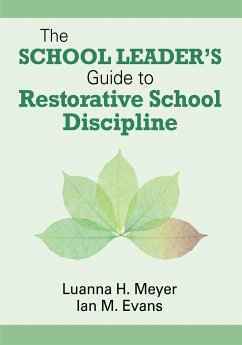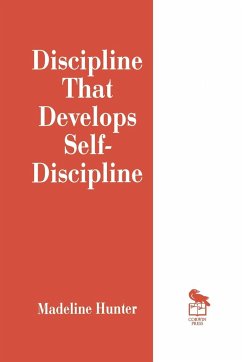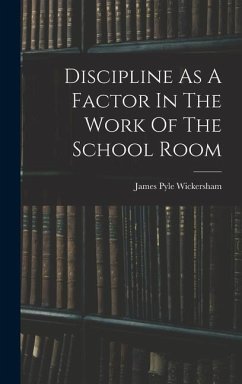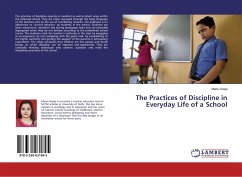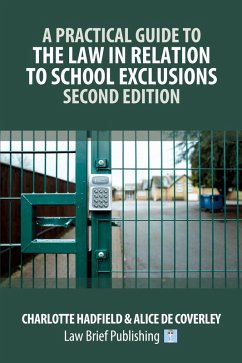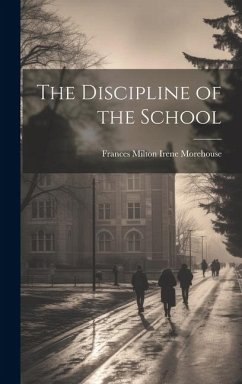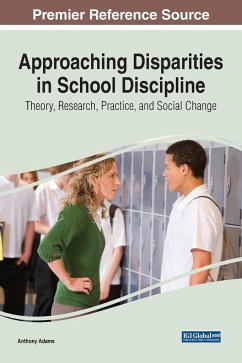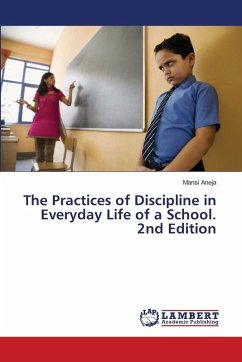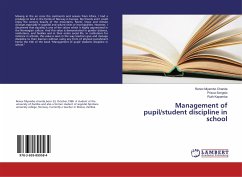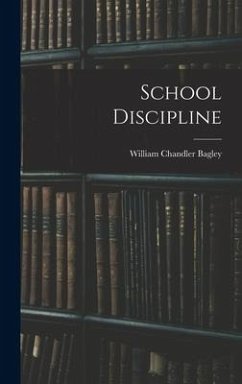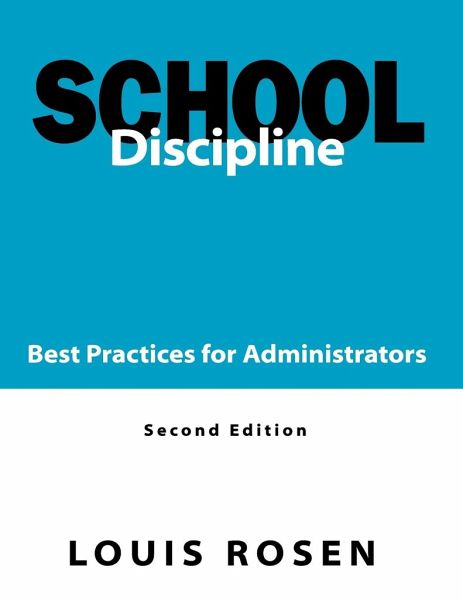
Versandkostenfrei!
Versandfertig in 1-2 Wochen

PAYBACK Punkte
16 °P sammeln!




Loaded with updates, this newly revised second edition gives administrators all the tools they need to create a safe environment for both educators and students.
Louis Rosen, PhD, is the executive director of the School Justice Institute, a nonprofit corporation dedicated to the improvement of fair discipline practices in schools. He has been a high school principal in the Los Angeles area for 19 years; an assistant principal for 4 years; a high school counselor; and a high school social studies teacher. He was the project director of the Drugs in the Schools and Principles and Practices of Justice on School Campuses programs for the Center for Civic Education in Calabasas, California. He has also served as the executive director of Partners of Education of Toledo for three years. While he was director of Partners in Education of Toledo, the organization provided more than 2,000 tutors and $2 million in resources for the public and Catholic schools of the Toledo area through partnerships with businesses and labor unions. He is the author of School Discipline Practices and several journal arti-cles that have appeared in the The High School Journal, a publication of the National Association of Secondary Schools Principals, and School Safety, published by the National School Safety Center. He was the principal writer of two student texts, Drugs in the Schools and Violence in the Schools, published by the Center for Civic Education. He has served as an acade-mic specialist for the United States Information Agency and initiated a special program on school justice issues for Arab and Jewish principals in Israel. He has a bachelor's degree in history from UCLA, a master's degree in secondary school administration from California State University at Los Angeles, and a PhD in education from Claremont Graduate University. He resides in Pacific Palisades, California. He currently serves as a volunteer for the Los Angeles Superior Court as a Court Appointed Special Advocate for Children (CASA). He also volunteers for Planned Parenthood of Los Angeles and serves on the board of the Southern California Regional Council of Organizations as their representative. He is currently working on a book: College Is Not for Everyone.
Produktdetails
- Verlag: Corwin
- 2. Auflage
- Seitenzahl: 128
- Erscheinungstermin: 1. Februar 2005
- Englisch
- Abmessung: 280mm x 216mm x 7mm
- Gewicht: 343g
- ISBN-13: 9781412913492
- ISBN-10: 1412913497
- Artikelnr.: 21575514
Herstellerkennzeichnung
Libri GmbH
Europaallee 1
36244 Bad Hersfeld
gpsr@libri.de
Für dieses Produkt wurde noch keine Bewertung abgegeben. Wir würden uns sehr freuen, wenn du die erste Bewertung schreibst!
Eine Bewertung schreiben
Eine Bewertung schreiben
Andere Kunden interessierten sich für




